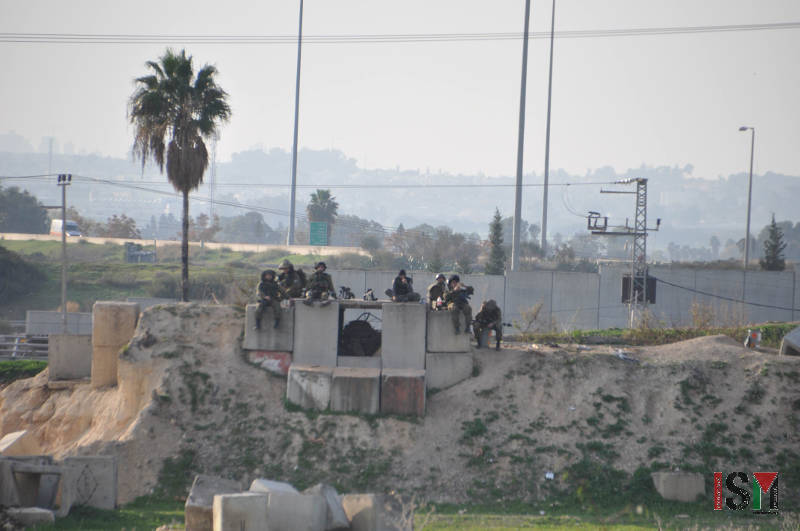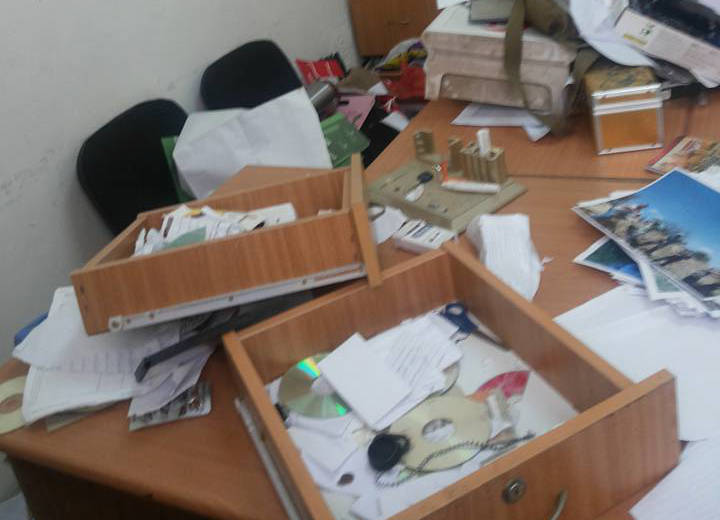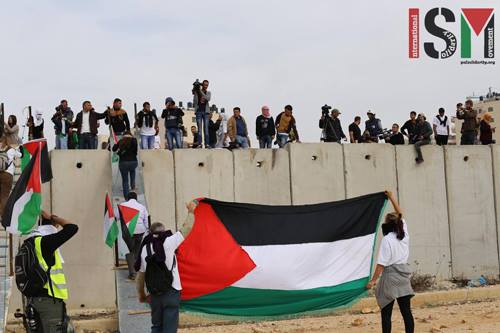-
Attack on Khadouri university continues
16th of December, 2015 | International Solidarity Movement, Tulkarm team | Tulkarm, occupied Palestine Today, on the 16th of december, Israeli forces, yet again, entered the center of the campus at Khadori university, leaving several students injured. “I am so afraid! The situation here is so bad, the soldiers open fire at anybody” says a […]
-
Tanweer cultural centre in Nablus raided at night, equipment stolen and damaged
15th of December, 2015 | International Solidarity Movement, Nablus team | Nablus, occupied Palestine On the night of the 10th of December, the Israeli forces raided the Palestinian cultural Centre Tanweer, near the old city of Nablus, and stole hardwares, wifi keys and a laptop after searching the whole centre. The organisation lost all of […]
-
ISM calls for internationals to volunteer in Palestine
14th December, 2015 | International Solidarity Movement | occupied Palestine Today, Palestinians are facing an enormous amount of pressure in their lives due to the growing violence of Israeli forces. Israeli politicians have fueled the motivation to kill Palestinians by making open statements encouraging Israeli citizens to become executioners. Since the beginning of October, Israeli occupation forces […]
Action Alert An Nabi Saleh Apartheid Wall Arrests BDS Bethlehem Bil'in Cast Lead Demonstration Denial of Entry Ethnic Cleansing Farmers Gaza Global Actions Hebron House Demolition International law Israeli Army Jerusalem Live Ammunition Nablus Ni'lin Prisoner Ramallah Rubber-coated steel bullets Settlement Settlers Settler violence Tear-Gas Canister Video



